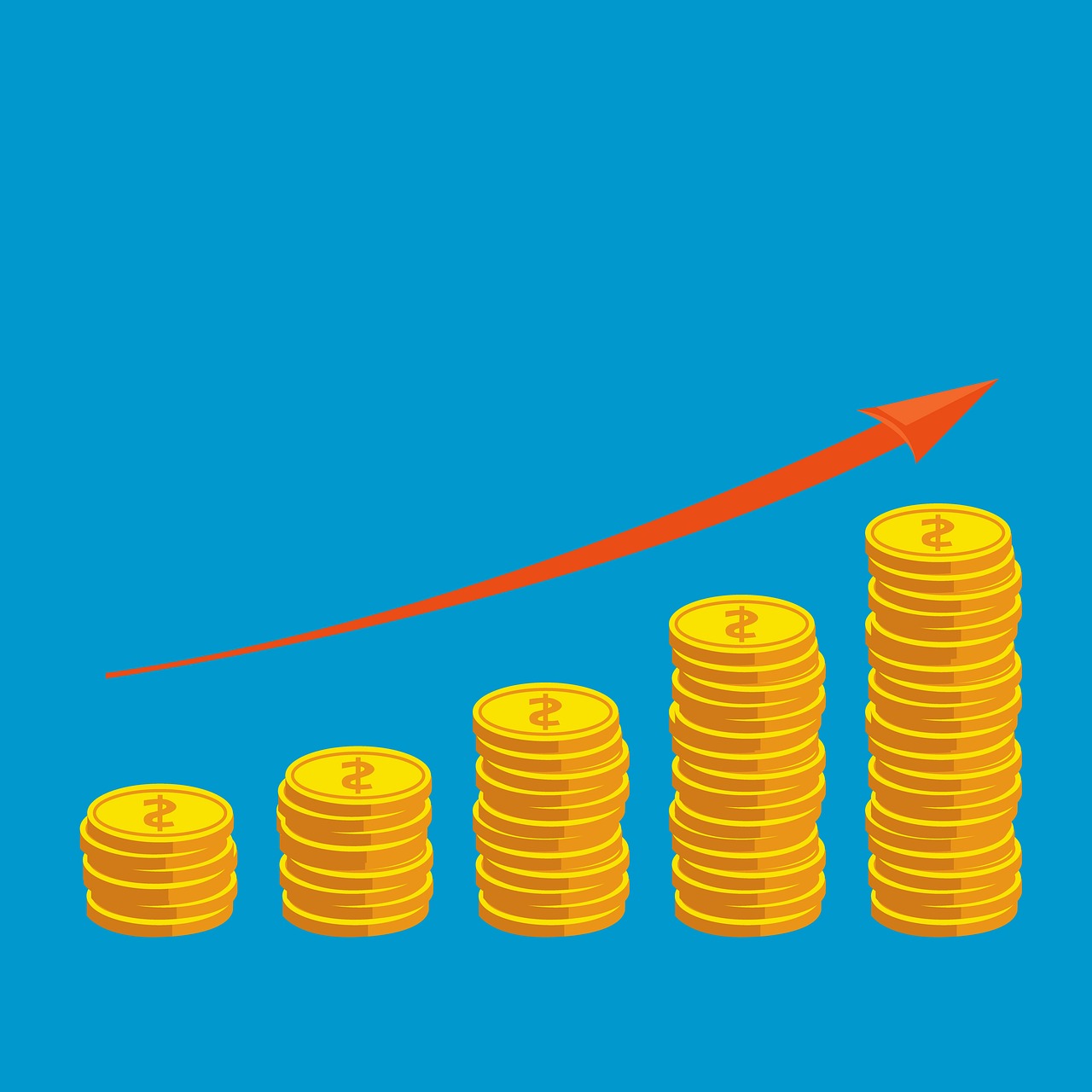Large growth are anticipated in the Asia-Pacific area.

Allied Market Research projects that the worldwide broking sector would grow to $628.3 billion by 2023, with North America continuing to be the largest market.
This increase in sales, according to Allied Market Research’s research manager Rohit Bhamburkar:
1.This rise of online middlemen.
2.The implementation of cutting-edge innovation, especially the Internet of Things and analytical tools.
3.An ageing population has led to a rise in the need for insurance across all sectors, but particularly in the car, life, and health sectors.
Bhamburkar explained in an interview with Insurance Business how these three factors would affect the industry going forward, which lines of coverage are generating the most revenue, and why Asia Pacific may soon become the industry’s new epicentre.
Facilitating the purchase of insurance by consumers
The growth of digital brokers, which meet consumers’ growing demand for a variety of insurance shopping channels, will fuel the industry’s rapid expansion.
Bhamburkar explains how “digital brokers” streamline the process of finding, comparing, and purchasing an insurance policy online.
Since it can be accessed at any time with the push of a button, it gives customers more options for gaining access to insurance products without having to make time for in-person trips to a brokerage or lengthy phone calls.
The growth of this business is being fueled, according to Bhamburkar, by the fact that “digital brokers also have some other advantages.”
Insurance plans, billing details, conditions and fees should all be made clear.
This is greatly strengthened by how the broking industry has embraced and improved upon technological advancements, which have helped businesses streamline their processes and better meet the needs of their clientele.
According to Bhamburkar, “These companies are integrating IoT and analytics solutions to maximise their sales,” which has led to more extensive advertising and underwriting.
Through customer segmentation and other methods, data analytics can also aid in product development and the targeting of consumers.
Bhamburkar noted that these solutions, which reduce unnecessary financial constraints via data patterns, also help identify potential frauds by detecting atypical patterns of conduct within insurance applications and claims.
As an example of how technology is being enhanced to better prevent risk and claims, he cited Coalition’s debut of its Coalition AI, which uses generative AI and massive language models to help brokers and organisations defend themselves from cyber risk.
The desire to obtain health insurance is being driven by the interest in maintaining a healthy lifestyle in the wake of the COVID-19 outbreak.
Bhamburkar observed that “the pandemic heightened awareness of health and wellbeing.”
As a result, there was a growth in the number of people concerned about protecting themselves financially against future medical bills, telemedicine services, and other potential disasters.
Consumers are searching for ways to hedge against the high costs of emergency medical care.
As a result of this need for predictability, health insurance companies and brokers have begun to place a greater emphasis on health coverage that meets the needs of modern consumers.
This was especially effective in the Asia-Pacific area, where more people now have access to testing, and where treatment for COVID-19 is covered by insurance.
The Baby Boomer generation is entering retirement age and, as a result, there has been a surge in interest in life insurance as a means of protecting heirs and loved ones from financial hardship in the event of the policyholder’s untimely demise.
Increased demand for car insurance
Brokerage firms anticipate a revenue boost from auto insurance, as well as from increased demand for health and life insurance.
Bhamburkar explained how a shift in the auto sector is enabling this expansion, with electric vehicles set to replace models powered by internal combustion engines.
“Climate change is also influencing this, as consumers are more aware of their carbon footprint and are switching vehicles as a result,” he explained.
As more and more automakers and customers are pushed to make this conversion, the regulatory environment that is driving this investment is itself a growth driver.
Significant economic growth is anticipated throughout Asia and the Pacific.
According to the report, North America is expected to maintain its position as the largest market for brokerages worldwide, mostly as a result of the region’s improved adoption of technology and analytics, which will lead to more business and more profits.
In North America, “products are better customised to suit the needs of consumers,” Bhamburkar argued.
Insights into client behaviours, preferences, and risk profiles are also provided through analytics technologies.
However, studies show that Asia-Pacific will overtake North America as the leading market in the coming years.
The expansion of insurance market entry points is a key factor.
Bhamburkar noted that “during COVID-19, insurance companies began to adopt the use of more distribution channels such as brokerages, the helped them raise awareness of their products and services.”
In addition to risk management and other insurance consulting services, brokers are now forming partnerships with carriers to assist them better understand the requirements of their customers.
In addition, as Bhamburkar pointed out, several Asian and Pacific countries are offering incentives for international insurance firms to set up shop in their regions.



